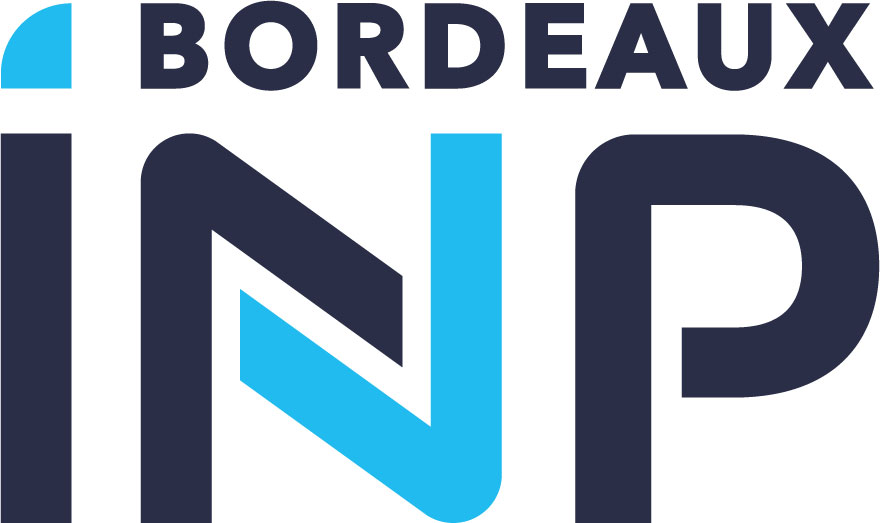Séminaire Théorie des Nombres
Responsables : Elena Berardini, Léo Poyeton.
Les groupes de monodromie finie des variétés abéliennes représentent l’obstruction à la réduction semi-stable. Après avoir introduit la notion de semi-stabilité et avoir défini ces groupes, je donnerai une caractérisation des groupes finis qui sont réalisables comme groupes de monodromie finie en dimension fixée. Cette caractérisation, avec des travaux précédents, donne une forme effective du théorème de réduction semi-stable de Grothendieck. Elle repose sur une construction par déformation faisant intervenir la théorie de Hodge p-adique entière que je présenterai dans le cas de bonne réduction potentielle, et si le temps le permet, l’adaptation au cas général suivant la théorie de dégénérescence de Faltings et Chai.
TBA
...
...
...
...
...
...
...
...



